This is all about Kanayama Castle Ruins you want to know.
Every information you get on this site will be from a credible source based on Japanese history (books for reference).
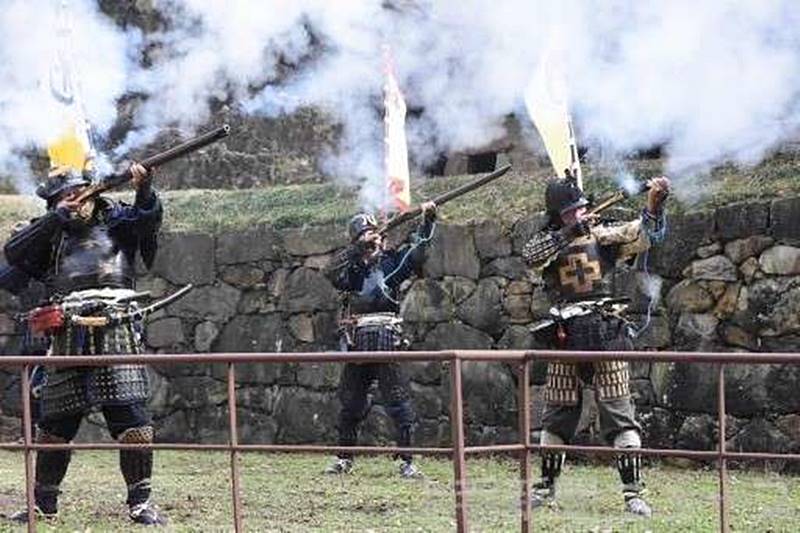
Kanayama Castle's 550th anniversary commemoration event was held at the Castle Ruins, a nationally designated historic site near the summit.
Profile : Kanayama Castle Ruins
| Location | Ōta City, Gunma Prefecture |
| Also known as | Nittakanayama Castle |
| Type of castle | Mountaintop |
| Mountain's name | Mt.Kanayama |
| Elevation | 235.8m |
| Condition | Ruins |
| Designation | National Historic Sites |
| Year built | 1469 |
| Abolished | 1590 |
| Castle lord | Iwamatsu Iezumi |
| Refurbishment lord | Yura Clan, Hōjō Clan |
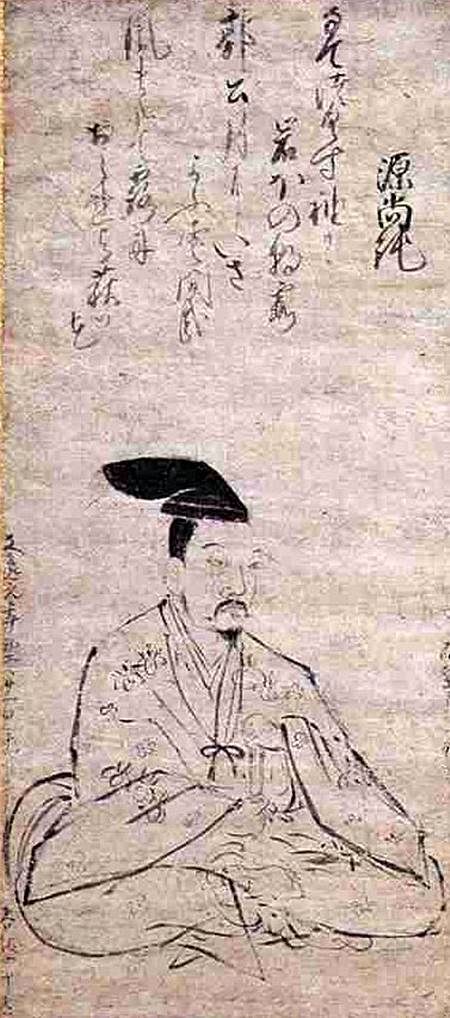
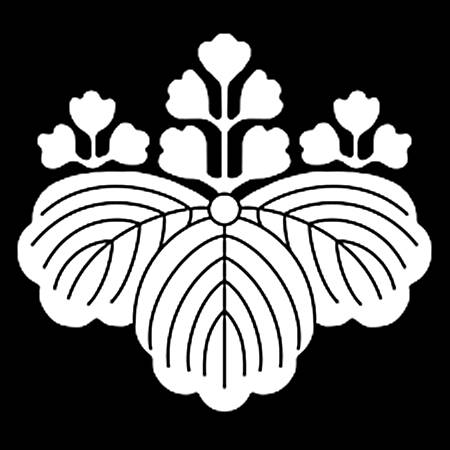
The family crest was originally created from the pattern that the emperor and the royal family put on the kimono, and the pattern was made into a fixed pattern, and the one attached to his own oxcart is said to be the beginning of the family crest. The warlords drew large crests on the flag-fingers, used to distinguish enemy views on the battlefield, and used by the generals to determine which warlords were active and how much.
Kanayama Castle admission
admission fee : free
admission time : rest room
Summer (Jun 1-September 30) : am8:30-pm6
Autum&Winter(October 1-May 31) : am8:30-pm5
closing period : open everyday reference official site
Kanayama Castle Google Map
Kanayama Castle Images

Kanayama Castle is one of the seven famous castles in the Kanto region, along with Ota Castle, Maebashi Castle, Karasawayama Castle, Utsunomiya Castle, Kawagoe Castle and Shinobi Castle. Numerous stones are used in the construction of this castle. As a result, excavations have overturned the belief that mountaintop one in Kanto during the Warring States period do not have a full-fledged stone wall type castle. The characteristic stone walls are being restored, and the cobblestones, stone stairs, and the waterway with stonework are impressive.
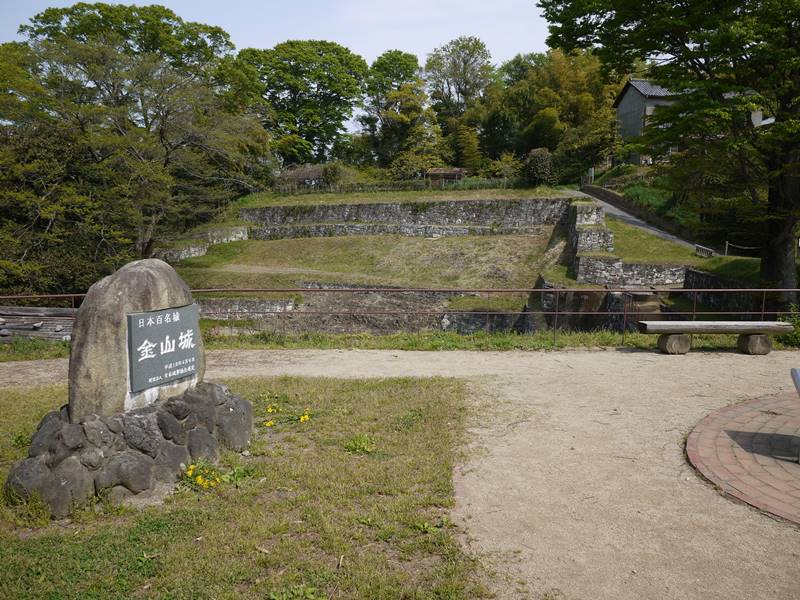
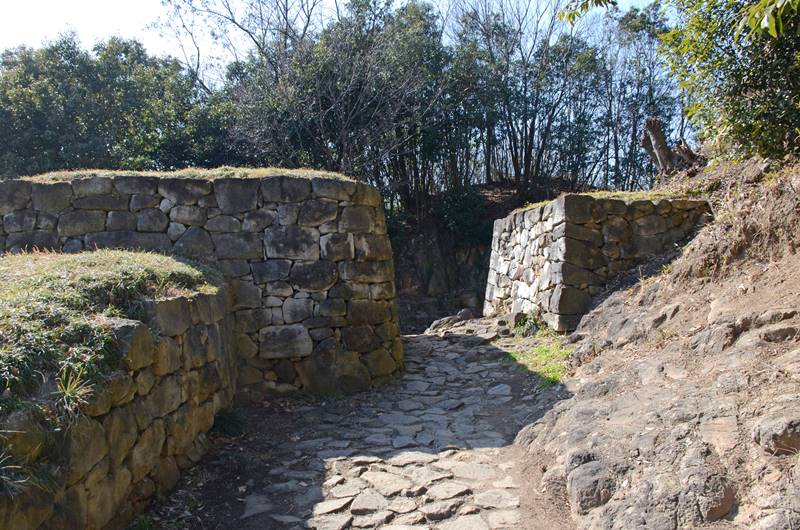
It is very unusual for medieval mountain castles to have stone walls. When the Hojō's Army invaded, protecting the castle lord while taking them in. Finally, there is an anecdote that he surrendered the castle in exchange for the release of the hostage. The castle was rebuilt into a more robust castle as a branch for Hojo Clan, but opened without fighting "Odawara Attack" by Toyotomi Hideyoshi.

The water was secured for long term fighting . It was used not only for drinking water but also for ceremonies such as praying for victory and begging for rain.
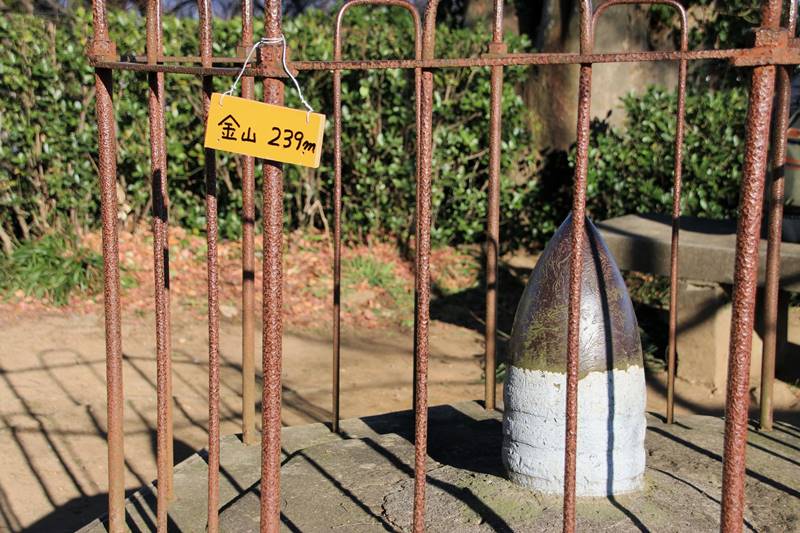
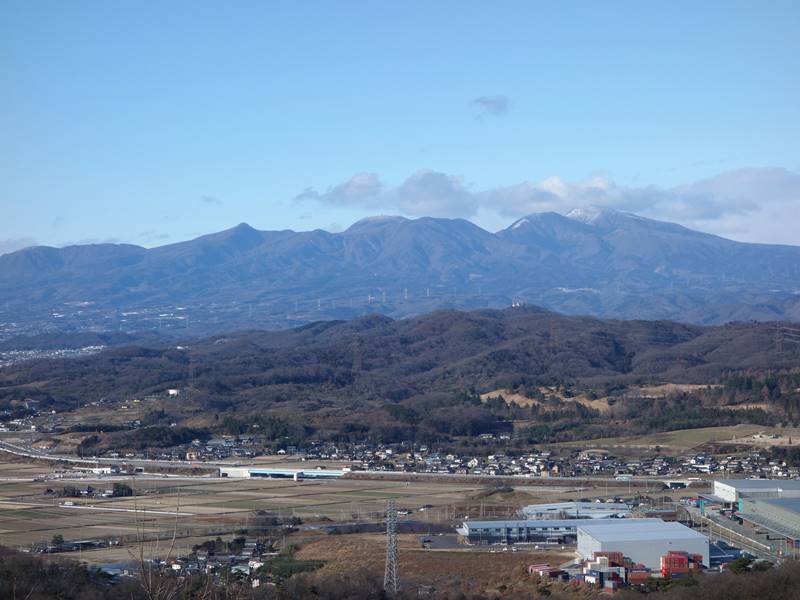
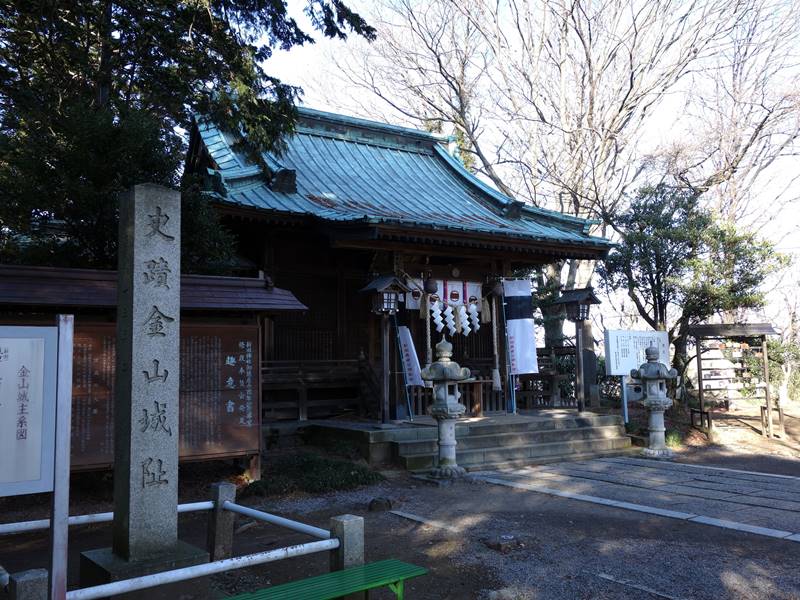
A famous warlord in Japan from the Kamakura period to the Northern and Southern Dynasties
